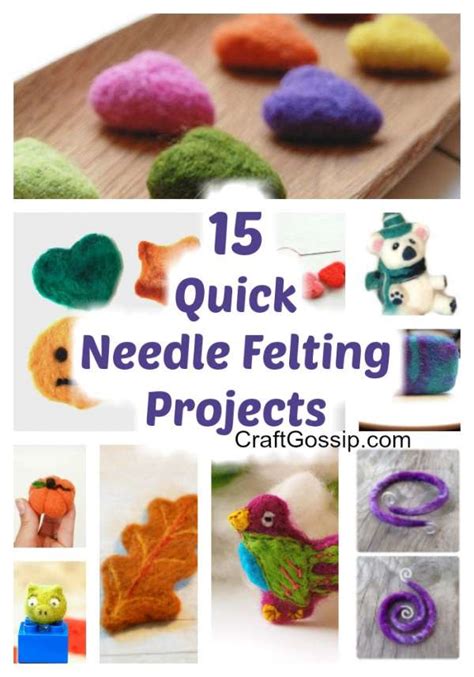Perfect Felt Projects Start Here: Your Glueing Guide
Felt is a crafter's dream. Its soft texture, vibrant colors, and ease of manipulation make it perfect for a wide range of projects, from adorable animals to intricate wall hangings. But one crucial element often overlooked is the glue. Choosing the right adhesive and mastering the application technique can elevate your felt projects from good to truly spectacular. This comprehensive guide will explore the best glues for felt, offer essential tips for successful bonding, and answer some frequently asked questions.
What Kind of Glue is Best for Felt?
The best glue for felt depends largely on the project's scale, the felt's thickness, and the desired finish. Several options consistently deliver excellent results:
-
Fabric Glue: This is a popular choice for many felt projects. It's specifically designed for fabrics, offering a strong bond that remains flexible. Look for brands that are acid-free to prevent discoloration over time.
-
Hot Glue: While quick and effective for many applications, hot glue requires careful handling to avoid burns and potential scorching of the felt. It's best suited for projects where precision isn't paramount, or for adding embellishments. A low-temperature glue gun can minimize the risk of damage.
-
Tacky Glue: This is a versatile option suitable for both delicate and larger projects. It dries clear, offering a less visible bond. However, it can take longer to set than other types of glue.
-
Aleene's Original Tacky Glue: This is a specific brand of tacky glue frequently recommended for felt projects due to its excellent adhesion and clean finish.
How to Glue Felt: A Step-by-Step Guide
Regardless of the glue you choose, proper technique is key to achieving a professional finish. Follow these steps for optimal results:
-
Prepare your workspace: Ensure you have a clean, flat surface to work on. Protect your work area with a piece of parchment paper or a washable mat.
-
Prepare your felt: Cut your felt pieces to the desired size and shape. Make sure the edges are clean and even for a neater finish.
-
Apply the glue sparingly: Use a toothpick, a small brush, or the glue's applicator to apply a thin, even layer of glue to one or both surfaces, depending on the glue's instructions and the project's requirements. Avoid over-applying glue, as it can seep through and create unsightly marks.
-
Join the pieces: Gently press the two pieces of felt together, ensuring they are aligned properly. Hold them firmly in place for a few seconds to allow the glue to begin bonding.
-
Secure the bond (optional): For larger or more complex projects, you may want to use clips, weights, or binder clips to hold the pieces in place while the glue dries completely.
-
Allow sufficient drying time: Follow the manufacturer's instructions for drying time. Avoid disturbing the pieces until the glue is fully set.
-
Finishing touches: Once the glue is dry, carefully inspect your work for any imperfections. If necessary, you can gently trim away any excess glue or felt.
What is the best way to glue felt to fabric?
The best way to glue felt to fabric is to use a fabric glue specifically designed for this purpose. These glues are formulated to adhere well to both materials while remaining flexible, preventing cracking or peeling over time. Apply the glue sparingly to both the felt and the fabric, and follow the same steps outlined above.
Can I use PVA glue for felt?
PVA (polyvinyl acetate) glue can be used on felt, but it's not always the ideal choice. While it provides a strong bond, it can sometimes leave a stiff, less flexible finish, especially on thicker felt. Fabric glue generally offers a more suitable level of flexibility.
How do I prevent felt from fraying when gluing?
Fraying is a common concern when working with felt. To minimize fraying, ensure your felt pieces are cut accurately with sharp scissors. Using a glue that creates a strong, flexible bond helps secure the edges. In some cases, applying a thin line of glue along the edges before assembly can help prevent fraying. For particularly delicate or prone-to-fray felt, consider using a serger or zigzag stitch on a sewing machine to finish the edges before gluing.
Conclusion
Mastering the art of gluing felt opens up a world of creative possibilities. By choosing the right glue and following these simple steps, you can create beautiful, durable, and long-lasting projects. Remember, practice makes perfect! Experiment with different glues and techniques to find the method that best suits your individual style and project requirements.

